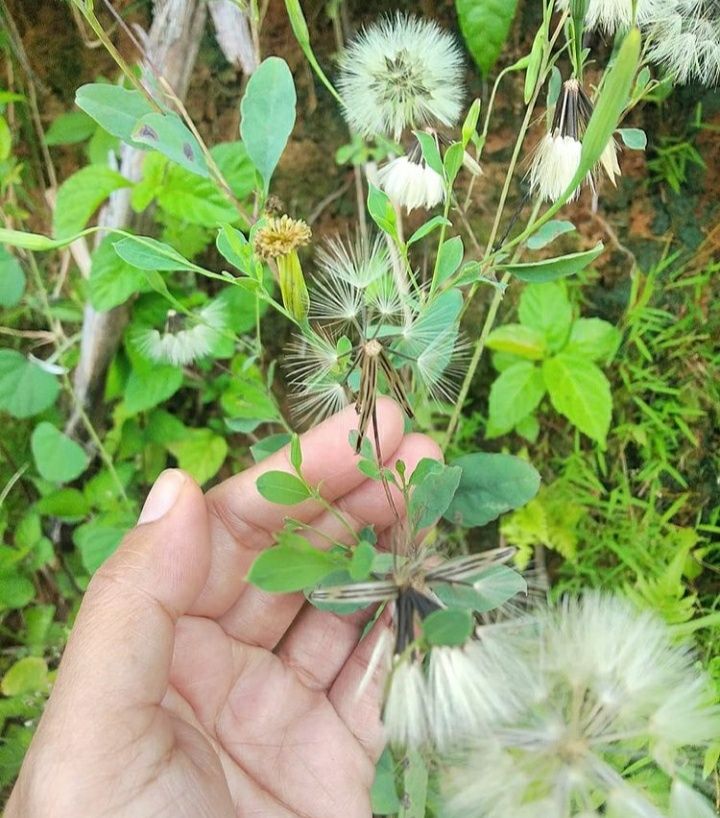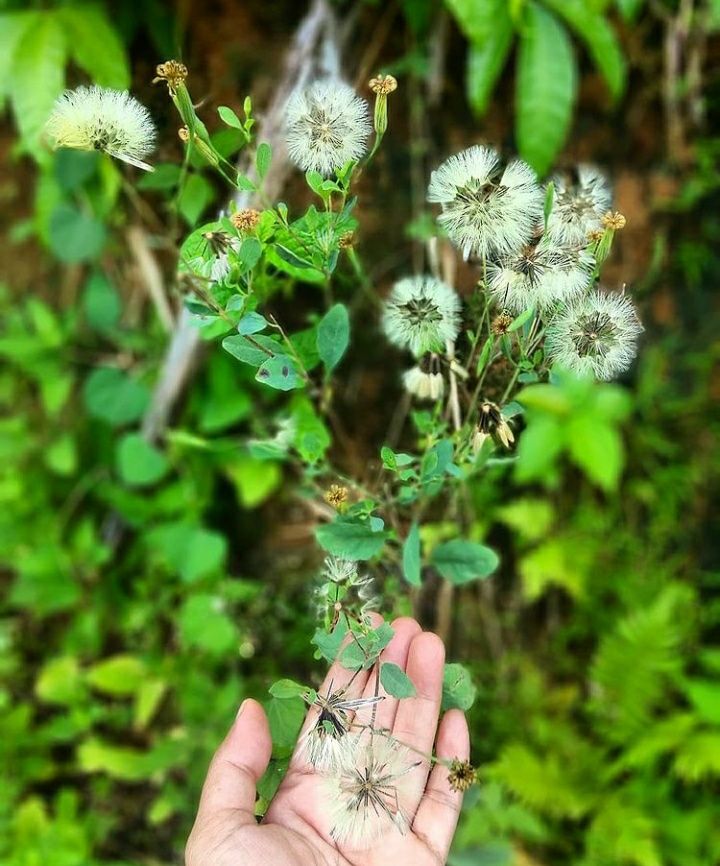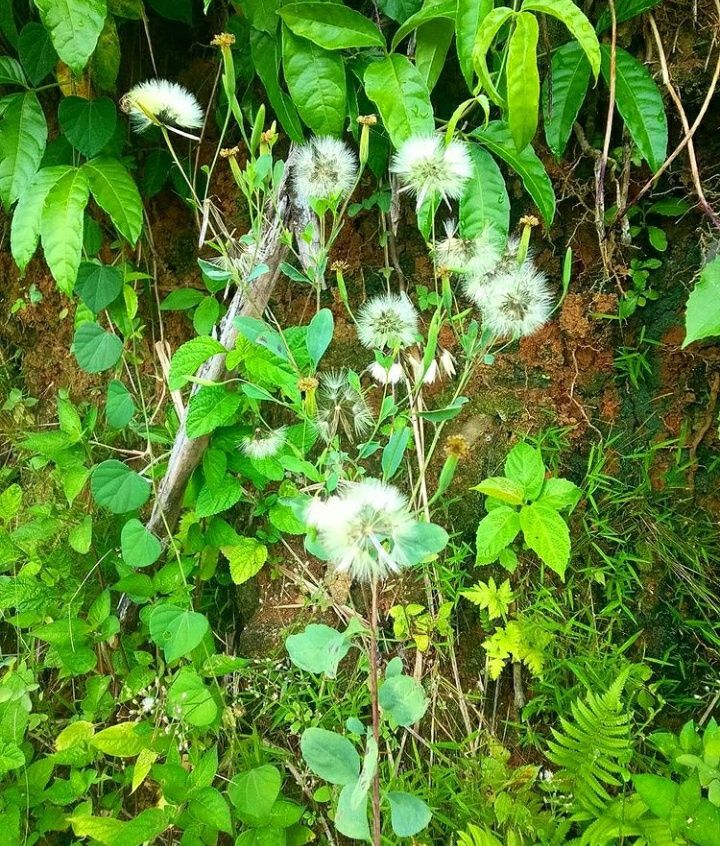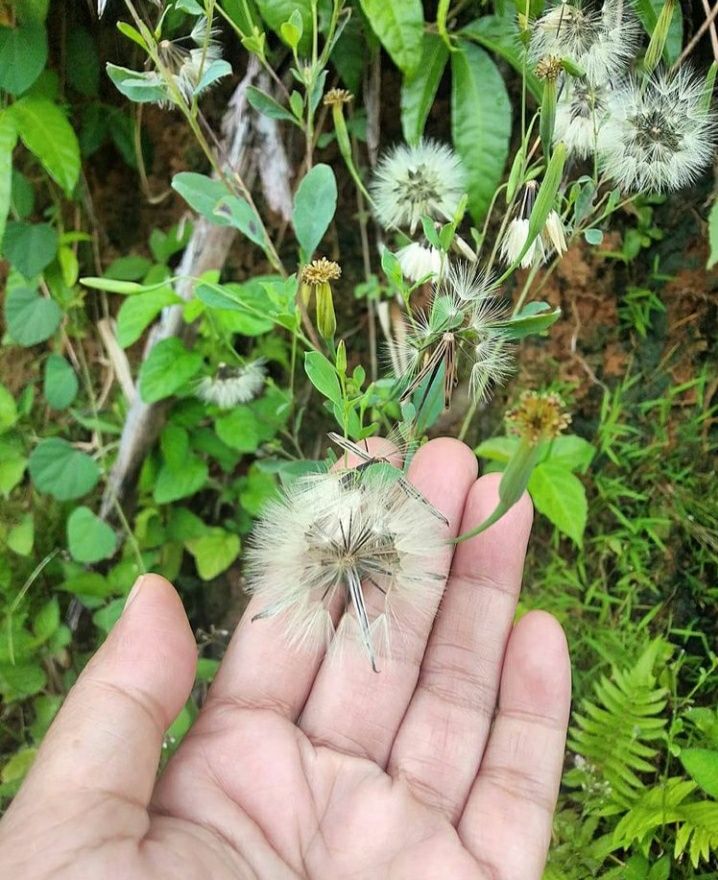Bolivian coriander, which has the Latin name Porophyllum ruderale, is an erect perennial/annual plant, usually branching rather sparsely, growing to a height of 20-100cm. All parts of the plant smell bad.
The edible leaves, especially of the subspecies macrocephalum, are a popular flavoring and vegetable, and are usually harvested from the wild, also used medicinally. They are also cultivated and sometimes sold in the market.
Habitat
Weeds from disturbed soil. Coarse rocky slopes or plains, most often on sandy soils, often on sandbars along rivers, at elevations of 200 – 1,200 meters. Sites that were once wet in the desert mountains, 1,000 – 1,500 meters.
Other uses.
The essential oils obtained from plants are used medicinally and also have significant antifungal activity. It has been recommended for use in developing natural fungicide formulations to protect grain stored post-harvest.
Higher antifungal activity was shown when the complete oil was used, in contrast to the individual components of the oil used in the isolation, indicating that increased antifungal activity was obtained when other minor compounds were present in the oil, suggesting that the antifungal activity was a result of a synergistic effect.



